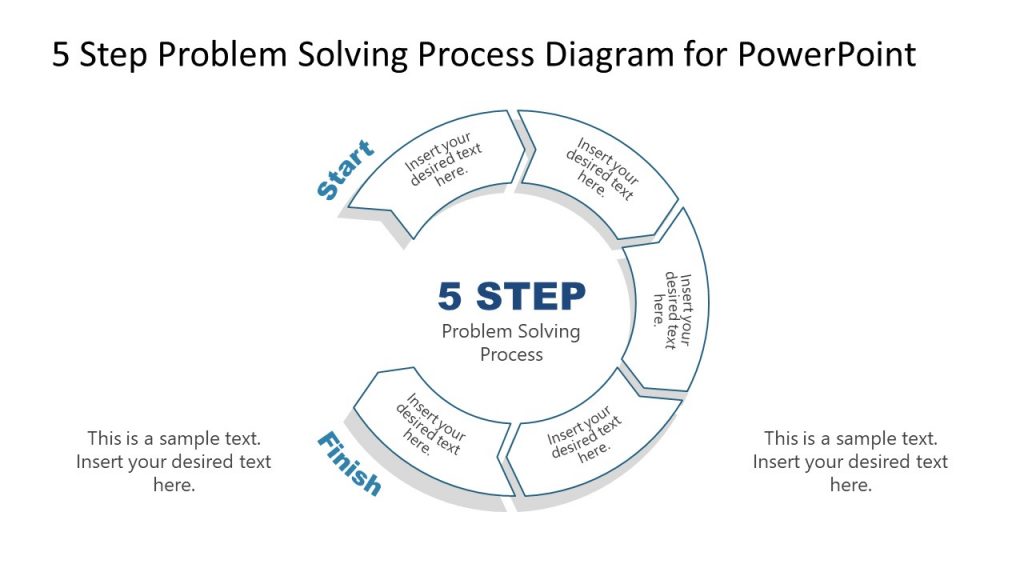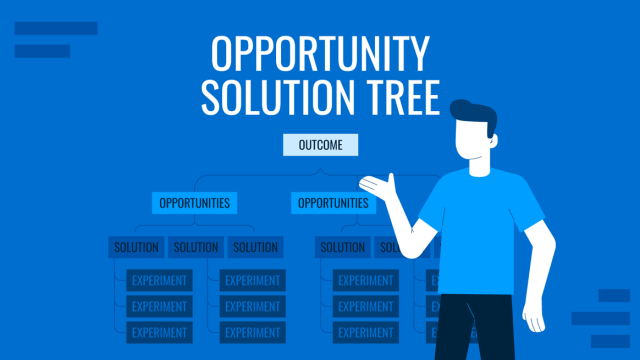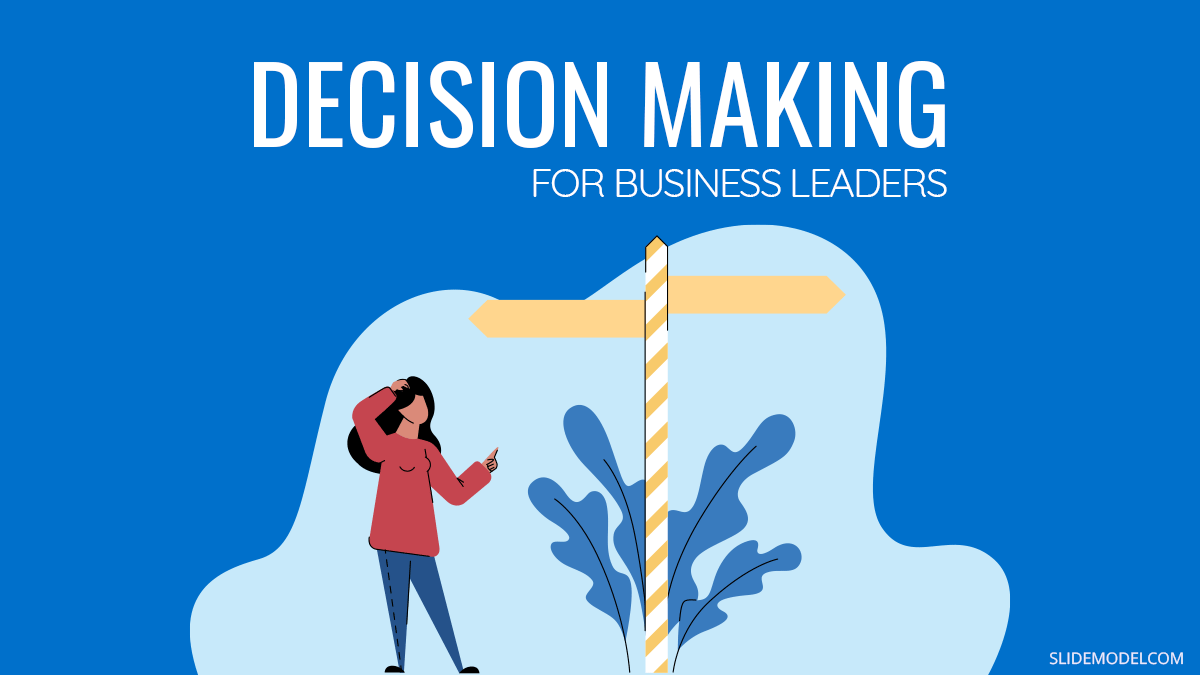
You’ve got an important decision to make. But instead of cooperating, your brain goes into chaos mode, bombarding you with conflicting thoughts and loads of doubts. At the same time, the clock is ticking, raising your anxiety levels even further. Sounds familiar?
Most of us are not naturally good at decision making. But we can train our brain to churn out good decisions on command even in tough situations. This post will explain exactly how our decision making process works and what can you do to become better at each step of it.
What is Decision Making?
Every day we make a myriad of choices — from what to have for breakfast to how to better plan a project. Sometimes we operate with sufficient knowledge and data. Other times, we rely more on intuition and hope that we are doing the right thing.
Dartmouth provides the following decision making definition:
Decision making is the process of making choices by identifying a decision, gathering information, and assessing alternative resolutions.
Our day-day decisions rarely require more than a minute of analysis. Their consequences and impact are easy to gauge too. However, in business settings, every decision can have a long-lasting impact, pertaining to different people, processes, and outcomes. Hence, knowing how to collect, analyze, and act on data, rather than on a hunch is key to driving consistent, desirable results.
Types of Decision Making
Every decision-making process is based on data — our past knowledge, experiences, opinions, emotions, and biases developed. Rarely if ever, decisions are made outside of a wider context. Respectively, both internal and external contexts dictate the types of decisions we have to make.
The most basic classification is instant vs informed decision making:
Instant decisions
Are daily, nearly automatic responses to certain events. We make these based on our emotions and past knowledge of what worked and what didn’t.
Informed decisions
Represent our rational decision making abilities. These are mostly driven by our critical thinking, empirical evidence, and problem-solving skills.
Types of Decision Making Models in Business
Such data-driven decision-making is more common in work settings. Respectively, the decisions leaders take every day can be classified into three groups:
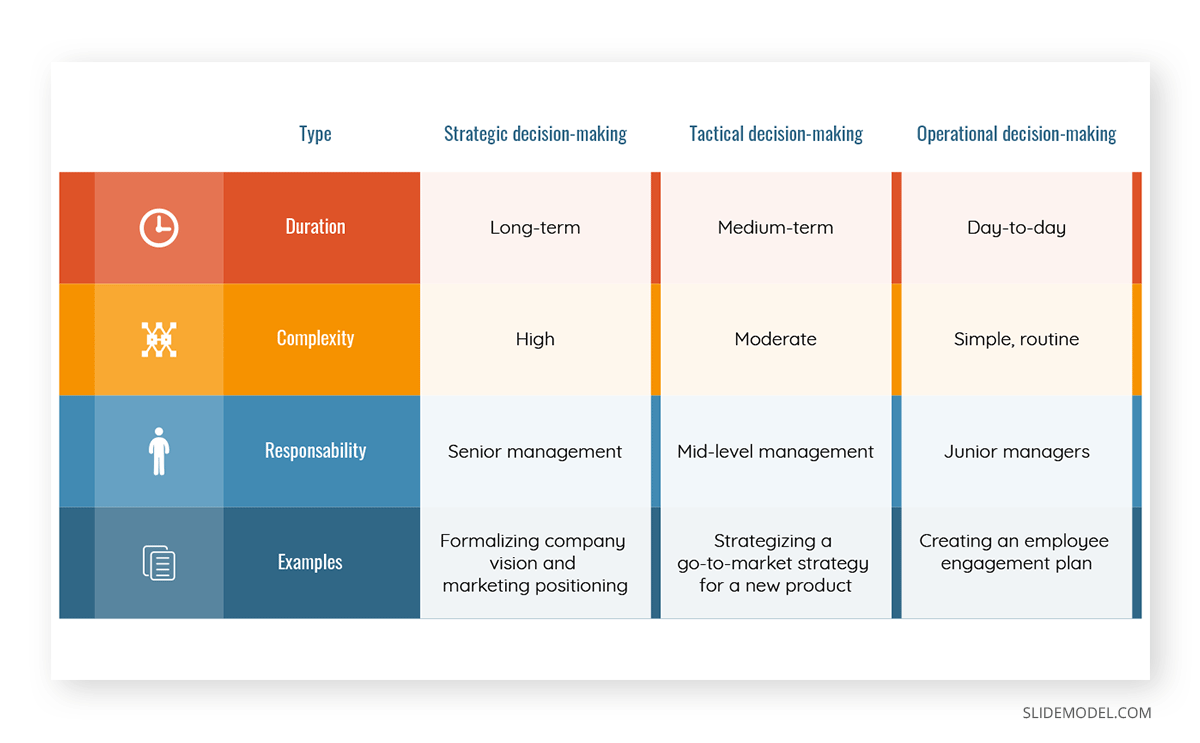
Furthermore, the decision-making model can be also classified as centralized vs decentralized decisions. A centralized decision making process occurs when senior executives and stakeholders take most decisions. However, decentralized (or shared decision making) means that leaders at different levels of the organization have the authority to make individual decisions.
The 7 Step in Decision Making Process
There’s a multitude of decision-making styles and approaches, but ultimately every type of successful decision boils down to following the next steps.
1. Identify the Problem
Our brain is naturally puzzled when presented with an unclear goal. Therefore, instead of acting rationally, we procrastinate, engage in excessive information gathering, or let decision making biases trump the logic.
Don’t dwell too long on trying to collect as much information as possible. In most cases, you’ll just get stuck with analysis paralysis. Instead, spend more time articulating the problem at hand, so that you could find the right information to back up your decision. Or in words of Albert Einstein:
If I were given one hour to save the planet, I would spend 59 minutes defining the problem and one minute resolving it.
Oftentimes, business leaders think backward — from the outcome to the solution and then the problem. Such a line of thinking often leads to overlooking more creative and elegant solutions that could lead to a similar or even better outcome. Always make a specific problem the focal point of your thinking. When analyzing a solution, it can also be a good idea to share the advances or findings with your team through a presentation with valuable progress.
2. Collect Information
You can’t make a good decision without sufficient data. Once you have a formalized problem statement, you need to find sufficient points for making the optimal decision. Several of our PowerPoint templates and slides mentioned in this article provide an excellent path to understanding some of that relevant info to collect. Also, you will find some great questions to ask yourself and your team.
The consensus-decision-making process will seek those evidence from other participants. More independent and authoritative leaders will rely more on personal expertise and hard numbers.
As per usual, the best approach lies somewhere in the middle — use both personal judgments and relevant data from others. Whether you are analyzing evidence provided by others or one’s you’ve amassed personally, always ask the following questions:
- What is the source of the information? Is it authoritative and trustworthy?
- How old is the data? Is it still relevant in the current market conditions?
- What sources were used to produce this information?
- Does the source make any unrealistic claims?
The above are baseline fact-checking best practices that should be applied in decision making in management.
3. Assess the Alternatives
Based on the information you’ve gathered, create a simple decision-making matrix to analyze different paths of action. Develop a set of scenarios, but don’t rush to classify them as “best”/“worst” immediately. Instead, try to determine how fast each route could help you reach your goal and what would be the tradeoffs. You can also decide if this is a good moment to share through a presentation with stakeholders the steps taken and the action plan moving forward.
Remember: ethical decision making model does not always mean taking the easiest route, but rather pursuing one that is good both for your business and the people you serve.
Here are two helpful PowerPoint templates to help you at this stage: Decision tree diagram for PowerPoint and Sales Tree Templates.
4. Weigh the Evidence
After the analysis session, you’d probably have a list of more favorable alternatives. List them up in priority order and then take another look at the evidence you’ve collected earlier.
At this stage, your main goal is to minimize the impact of personal bias on the decision. Our brain is a fickle instrument that can interpret the same information in different ways. Recent laboratory studies, for instance, found that different people can interpret the same data differently, based on their socio-political beliefs. For example, 68% of Republicans decided that a group of people on the videotape were a riot, whereas only 30% of Democrats thought the same. In reality, the tape demonstrated a peaceful protest.
Acknowledging and eliminating such bias can be challenging. For that reason, when making hard decisions, seek second opinions or leverage extra tools for drawing conclusions. For example, a 2×2 Matrix Quadrant can help you plot various evidence along the axis to better assess the information.
5. Select Among the Alternatives
Once you’ve done with examining all the evidence, settle on the scenario that appears as the best choice for you. If you don’t have the ultimate contender at this point, refine your choice using one of the popular decision making theories.
When working with your team, a good approach is to use the PowerPoint presentation templates like the Eisenhower Decision Matrix which provides a sense of urgency in the decision making. Also, the Vroom-Yetton decision model considers how many people should be involved in a decision, if it represents an individual matter or a group one.
Circle of competence
Popularized by Warren Buffett, this framework encourages you to always stay within your area of competence aka what you know best. If you recognize that a certain scenario can lead you into an area when you lack skills or knowledge, pick another route that lets you stay in your lane and capitalize on your strengths.
6. Take Action
If you’ve completed all of the above steps, you’ll have a detailed plan of action. Now you’ll need to follow through and walk down the selected path. Making decisions isn’t always the hardest part. Acting on them can be much more challenging, especially if your decision assumes significant changes. In this stage, you can ask yourself: How will I share this with the team? A vital tip is to build a presentation that will guide the implications and changes a decision might represent to an organization.
As you plan the execution, consider how you will handle change management and potential resistance. Also, account and address potential risks and put down mitigation plans for those.
7. Review Your Decision and the Consequences
Once the deed is done and you’ve completed the execution, analyze whether your actions helped resolve the problem formulates at Step 1. If the outcomes didn’t fully address the problem, you may need to repeat some of the earlier steps and consider following the next-best alternative.
To better understand why your decision didn’t work best, consider doing an after-action review — once a military practice, now used by well-performing teams to assess how the actual results differ from the expected ones, what’s the reason for that, and how we can rectify the outcomes
Alternatively, you can use another assessment tool such as the Action evaluation matrix PowerPoint templates which even thou is more geared towards problem-solving effectiveness, can be useful to decide the urgency of each action. A great feature of this matrix is that it allows the possibility to analyze problems and solutions and create a root cause analysis and potential understanding workarounds.
Other Popular Decision-Making Models and Frameworks
For years, different researchers have attempted to discern what makes good decision making and how business leaders can get better at calling the right shots.
Consequently, many different decision making frameworks have emerged, on top of those we have discussed so far.
If you are still struggling to make the right decision at this point, try to apply the following tactics.
OODA Loop
Also developed by the US military, this framework prompts you to use a cyclic approach to decision making. First, observe the current situation and determine how different stressors shape it. Then, orient yourself towards recognizing all the shaping forces and try to eliminate any influences or bias from your thinking. Next, decide on the best course of action based on the information you have and the analysis you did. Finally, act on the selected course. If the first decision led to a subpar outcome, repeat the OODA cycle again.
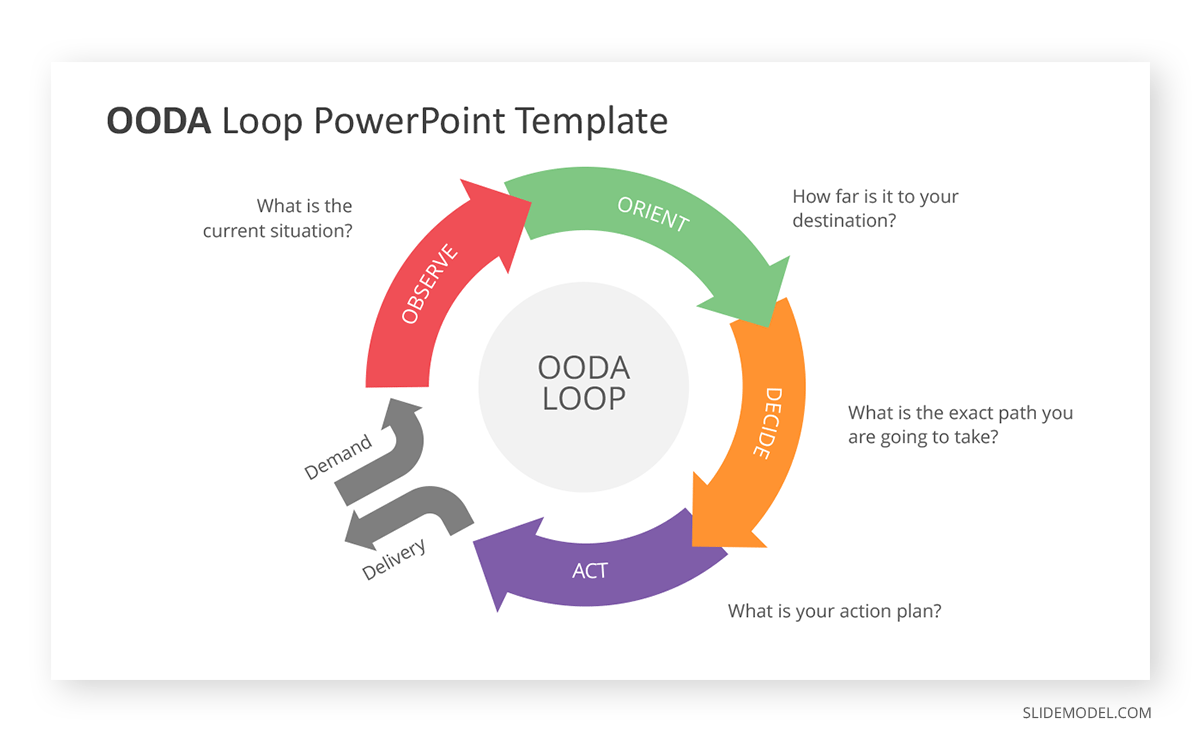
Recognition-Primed Decision Model
An intuitive decision-making model that prompts you to make a quick decision in a complex setting. First, dwell on the problem — gather input, data, and opinions; formalize the outcomes. Think if you have encountered similar situations before and if you could apply the same resolution to this one. Then, analyze the information. Do a mental simulation of different scenarios. Focus on determining the practicalities of each option. If you feel that you don’t have enough data, go back to step 1. Otherwise, proceed with the decision implementation.
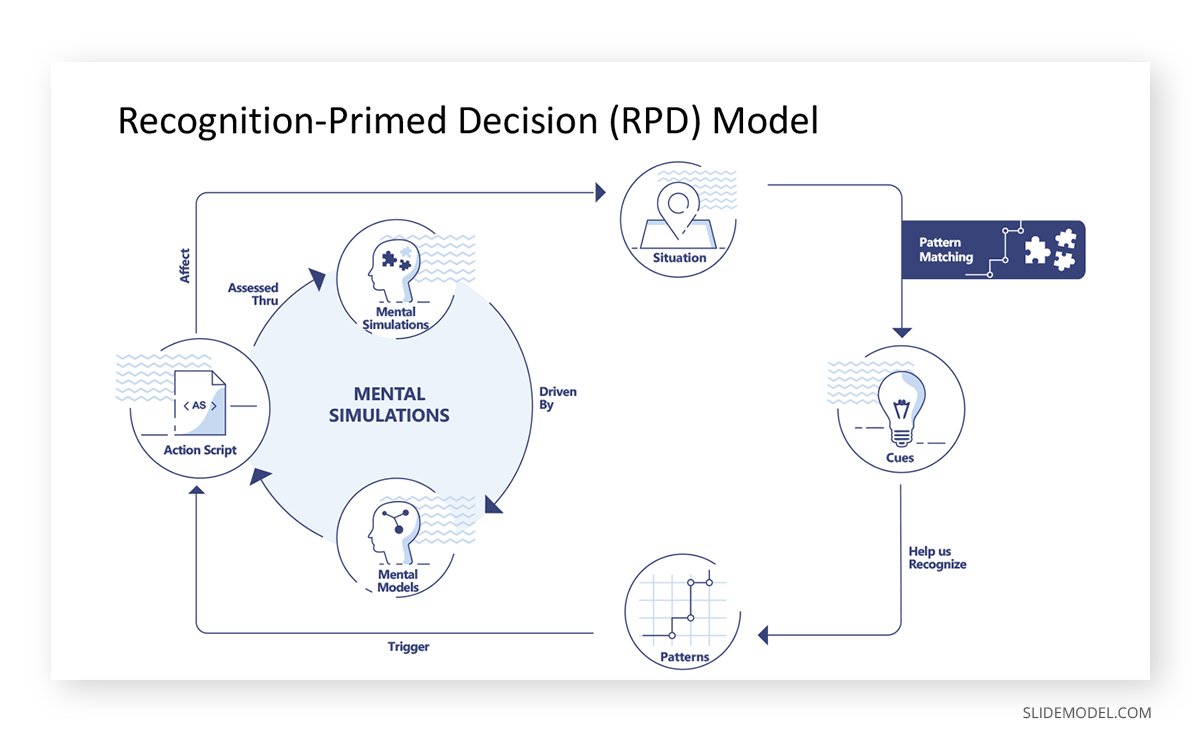
Ladder of Inference
In this case, you are prompted to take your decision through seven “rungs” in the ladder, representing your thought process. These include: general facts, selected reality (the context of your decision), interpreted reality, assumptions, conclusions, beliefs, and actions.
If you want to select additional decision making PowerPoint templates you can check our gallery , and scroll for the diagram that fits your need.
To Conclude
No one is born with stellar decision making skills. The best leaders develop them over time by accumulating experience, applying different decision-making frameworks, and learning to recognize their biases. You too can get better at making decisions by using the tips and tools, outlined in this post!
